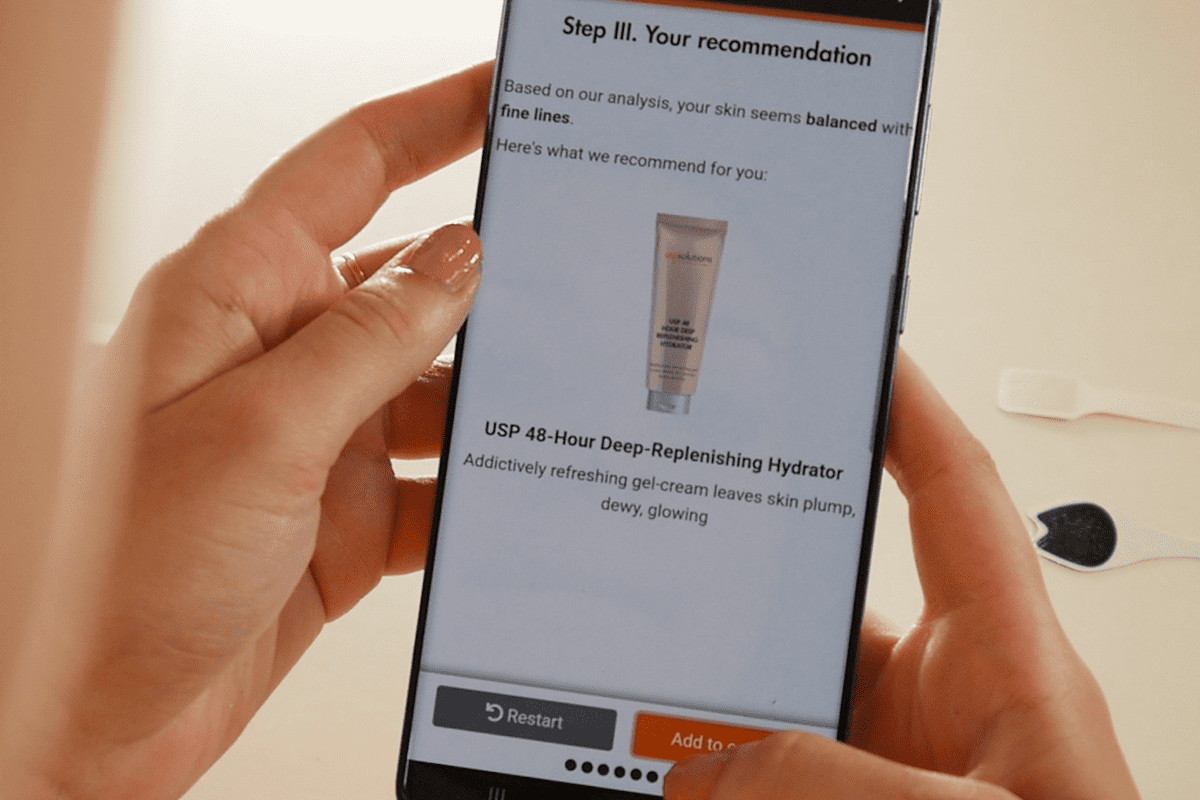What Does it Take to Increase Brand Awareness by 75%?
USP Solutions tested this theory in a study, which observed how consumers were influenced by the presence of a sensory demo tool in a magazine advertisement. Firstly, participants’ reactions were recorded as they browsed through the magazine and any attempts to interact with, examine or utilize the test strip were noted. Secondly, participants were given an extensive list of the advertisements that appeared in the magazine and asked to mark the brands they recalled. Finally, if participants remembered the brand advertisement containing the USP demo tool, they were asked whether or not the test strip was the reason for them remembering that brand.
The results showed that 75% of participants remembered the brand advertisement from the Magazine where the demo tool was attached, while the recollection rate of brands that did not incorporate a sensory tool was only 40%. Of the participants who recalled the brand that supplied the demo tool, online or offline, over 86% confirmed that they recalled it specifically because the test strip was included.

Consumers are becoming increasingly interested in gaining experiences rather than things. Things may appear to last longer but when a product taps into our emotions and feelings, memories are created. Faced with the huge variety of products that are available, consumers remember brands that they have positive, tangible interactions with better than those that lack sensory appeal(1).
Offering a deeper holistic sensory experience intensifies the relationship between brand and consumer, making the brand memorable and more likely to win business. In her report on sensory marketing(2) Kate Nightingale, founder of Style Psychology, suggested that “The more sensory representations of your brand you can include in your retail environment, the higher the brand memory and emotional engagement.”
A ready-to-use solution with a fully customizable journey and features. Provides the digital brand experience and is used as a product recommendation tool. Digi.BA is your CUSTOMIZED Beauty Advisor – anywhere, anytime.

Clearly, the inclusion of a sensory marketing tool is an effective way to “cut through the clutter” and increase brand awareness. Customers are inclined towards buying from brands that help them learn about their individual beauty traits. Understanding how consumers experience brands is critical for developing powerful marketing strategies(3). Going the extra mile to engage consumers with your brand by using a sensory tool, is a modern-day way to stand out and make consumers aware of and remember you.
References
(1)Rupini, R. V. & Nandagopai, R. (2015) A Study on the Influence of Senses and the Effectiveness on Sensory Branding. Journal of Psychiatry 18(2), pp. 1-7.
https://www.omicsonline.org/open-access/a-study-on-the-influence-of-senses-and-the-effectiveness-of-sensory-branding-Psychiatry-1000236.php?aid=41284
(2)Nightingale, K. (2016) The Role of Senses in Consumer Behaviour. Style Psychology.
http://stylepsychology.co.uk/sensoryretaildesign/
(3)Brakus, J. J., Schmitt, B. H. & Zarantonello, L. (2009) Brand Experience: What Is It? How Is It Measured? Does It Affect Loyalty? Journal of Marketing 73, pp. 52-68.
http://journals.ama.org/doi/abs/10.1509/jmkg.73.3.52?code=amma-site

